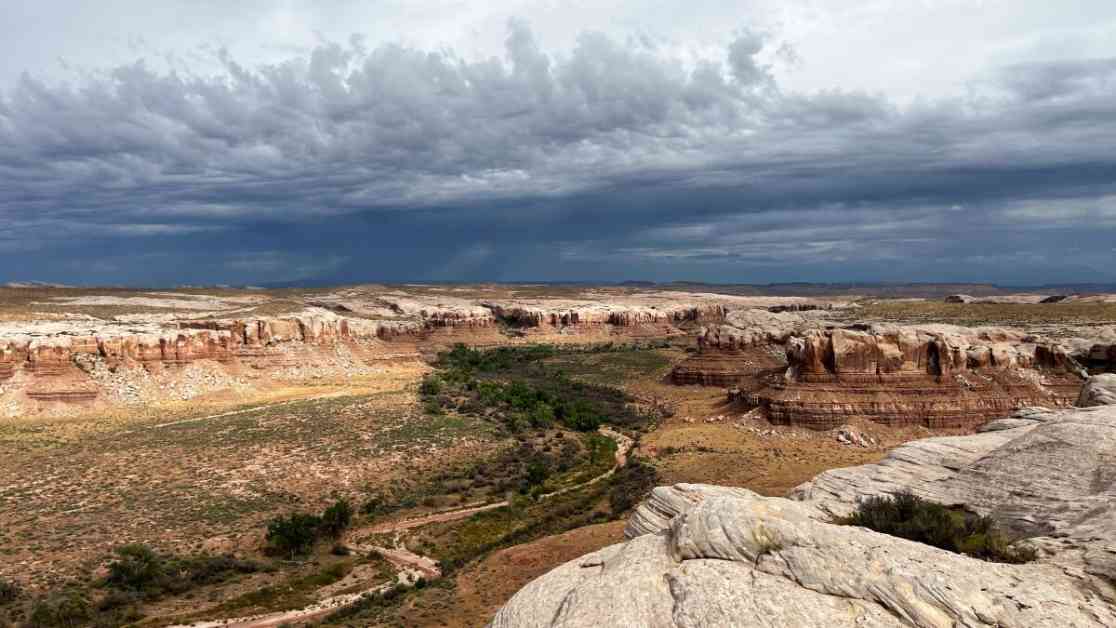Sprawling lands with endless vistas and soaring plateaus have been at the center of a contentious debate between the Trump and Biden administrations. Bears Ears and Grand Staircase-Escalante, two national monuments in southern Utah created by Democratic presidents to protect rugged terrain, have seen their boundaries drastically changed under Trump’s administration. The recent reversal of these changes under Biden has sparked concerns about the future of national monuments if Trump were to retake the White House.
The issue of reducing national monuments and opening up more land for oil drilling, mining, and logging has been a key focus for the Trump administration. Trump-appointed justices on the Supreme Court have shown interest in reviewing previous monument designations, raising questions about the extent of presidential power in creating and altering protected lands. Project 2025, a controversial plan proposed by conservatives, aims to repeal the Antiquities Act of 1906 and open up public lands for various uses, including resource extraction and recreation.
Environmental and tribal organizations have strongly opposed Project 2025, citing concerns about the impact on the environment, climate, and wildlife. The push to transfer federal lands to state and private ownership has faced resistance from groups advocating for the protection of public lands for all Americans. The debate over public lands has largely been overshadowed by other issues in recent presidential campaigns, but recent developments have brought the issue to the forefront.
The federal government’s ownership of vast land in Western states has sparked a divide between those advocating for local control of land use and those supporting federal protection of treasured landscapes. The vice presidential debate in 2024 highlighted the contrasting views of candidates on public lands, with Republicans calling for more land use for housing and Democrats emphasizing the importance of preserving open spaces.
The reduction of monument-protected lands and the potential for increased corporate access to public lands have raised concerns among conservationists and advocates for public lands. The management plans for national monuments under different administrations have led to conflicting policies and challenges in preserving these lands for future generations. The impact of increased visitation, vandalism, and resource extraction on protected lands has underscored the need for a balanced approach to land management.
As the debate over public lands continues, the future of national monuments and public lands remains uncertain. The competing interests of conservation, resource extraction, and economic development will shape the policies and decisions affecting these lands in the years to come. The battle over the fate of public lands is far from over, as stakeholders on all sides continue to advocate for their vision of land use and conservation in the United States.



























